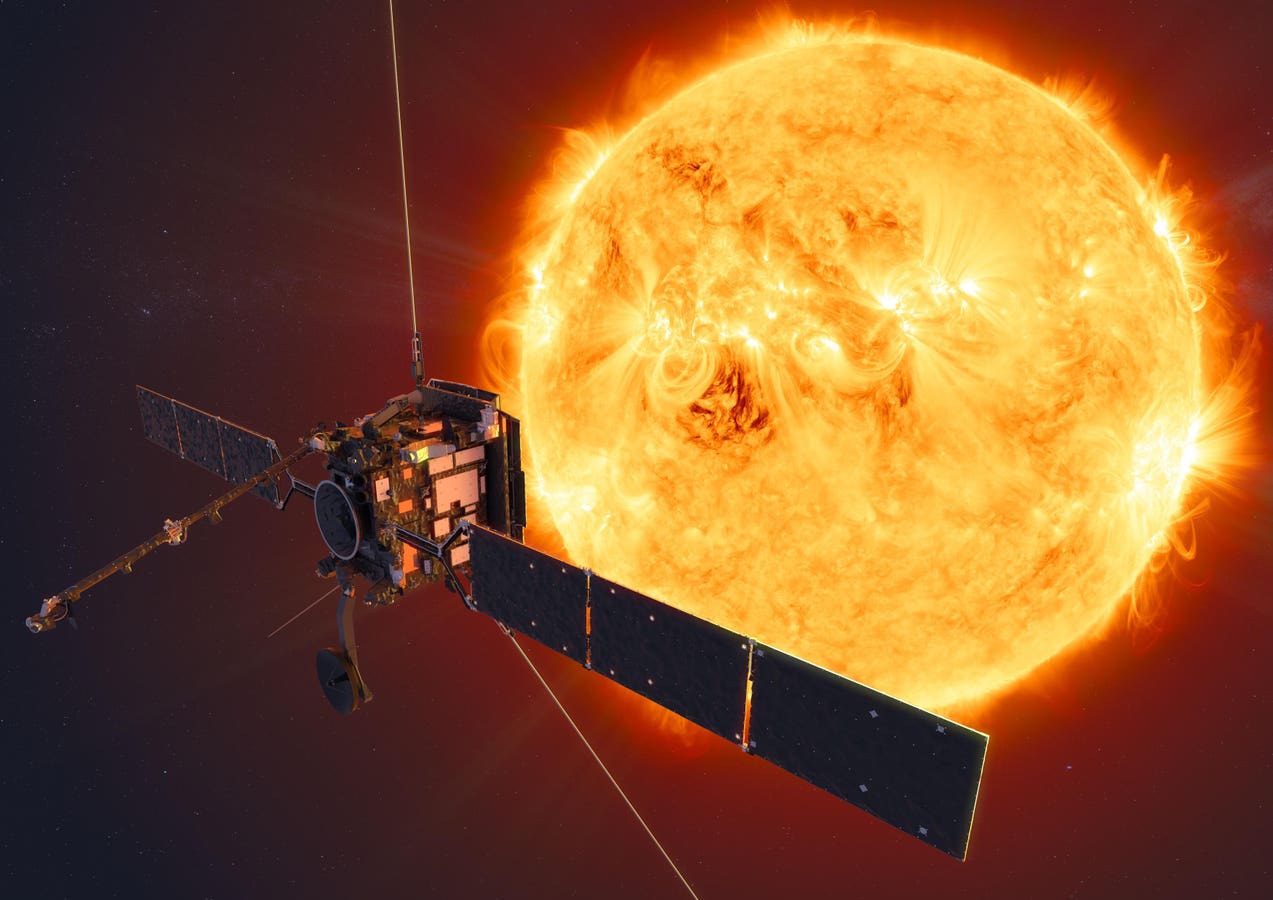Objects from orbit that survive to the surface usually end up wet.
Six years ago a false alarm that a failed Soviet spacecraft hanging out in orbit since 1972 was about to coming crashing back to Earth made headlines. Now that alarm is going off again and this time it’s lining up with long held expectations.
In 2019, various predictions placed a pretty wide date range (within a few months to several years) on the atmospheric re-entry of Kosmos 482, which was designed to land on Venus, but never managed to get past the gravity well of our own planet.
At the time the European Space Agency told me “the mid 2020s” was a likely timeline for this particularly rugged piece of space junk to come down. Keep in mind that Kosmos 482 was designed to resist the crushing pressure of the Venusian atmosphere, meaning much more of it could make it all the way to impact our surface.
Here we are in 2025 as the ESA and other experts predicted with the Soviet scrap still flying overhead, and on Thursday veteran amateur orbit watcher Marco Langbroek shared a new prediction on his blog:
“From our current modelling, the reentry should happen near May 9th, 2025, give or take a week or so.”
Adding in the uncertainty, which Langbroek notes is also dependent on solar activity in the coming weeks, we could see a dramatic re-entry any time between next Thursday and May 16.
“The uncertainty in the reentry date will decrease once we will get closer to the actual reentry, but even on the day itself uncertainties will remain large,” he cautions.
Impossible to Pinpoint a Crash Site
It’s notoriously hard to predict exactly where and when an object entering from orbit will end up due to the complex set of factors, including the extreme forces, speed and large distances involved. Just given the makeup of Earth, any object that survives all the way to the surface is highly likely to end up in the ocean or a remote area, but it could hit just about anywhere between 52 degrees north or south of the Equator. This is, of course, where most of the population of the planet lives as well.
The spacecraft is expected to be about one meter in diameter and weighing about half a ton. By space object standards, this is very small. If we were talking about a typical meteoroid or even run of the mill space junk, such an object would almost surely burn up completely in the atmosphere. But, again, because it’s designed to survive one the most punishing atmospheres in the solar system, its odds of making it back to terra firma are much better.
Workers repair a power line near the wall of a local zinc plant which was damaged by a shockwave … More
Its small size and mass mean we aren’t dealing with a city killer. It is about the size of the surviving meteorite from the Chelyabinsk bolide that exploded over Russia in 2013. Most of the damage done by that event came from the force of the original, much larger meteoroid as it came apart and sent shock waves toward the ground, shattering windows and doing other damage. The biggest chunk of what survived all the way to the ground wound up in the bottom of a lake.
All that said, I certainly wouldn’t want to be in the building or even that close to the location that may get struck by this thing.
There’s still likely nothing to worry about; writing in 2019, orbit expert and Harvard astrophysicist Jonathan McDowell put the odds at “the usual one-in-about-10,000 chance of hitting someone.”
“The vehicle is dense but inert and has no nuclear materials. No need for major concern.”
Keep checking back for updates as the inevitable return of Kosmos-482 draws nearer.








